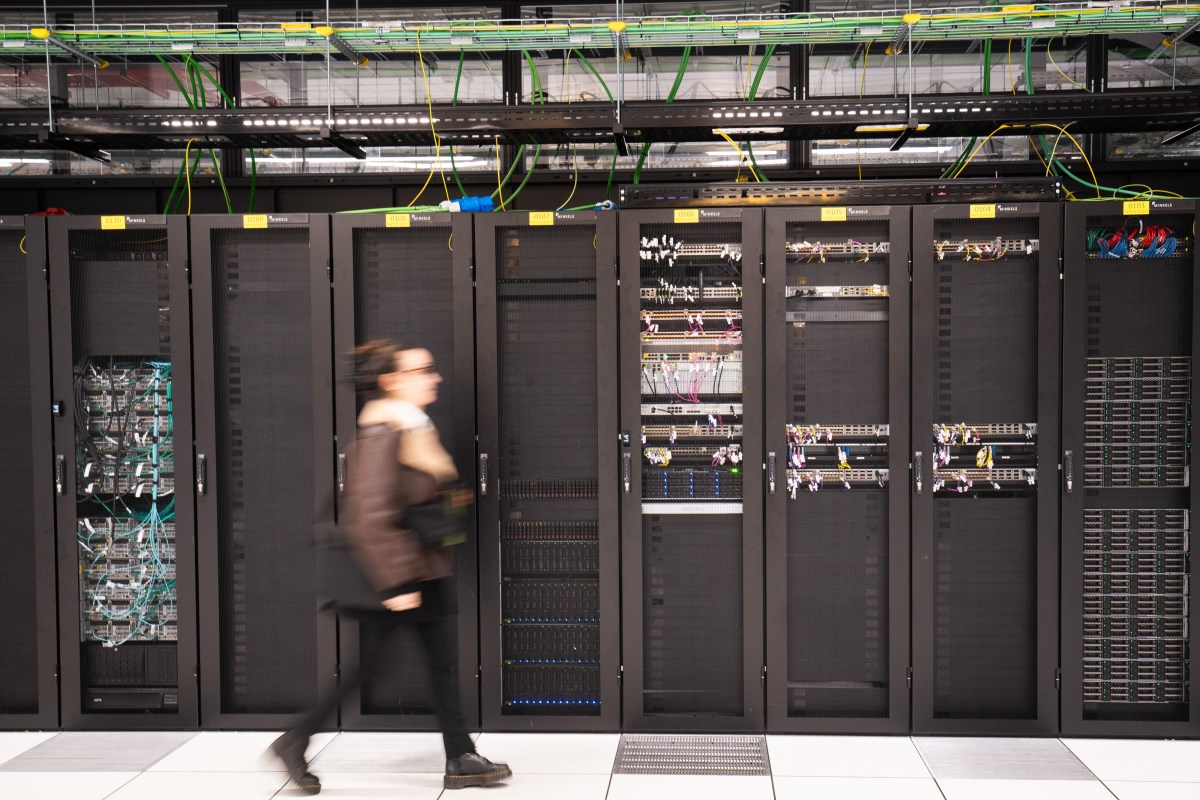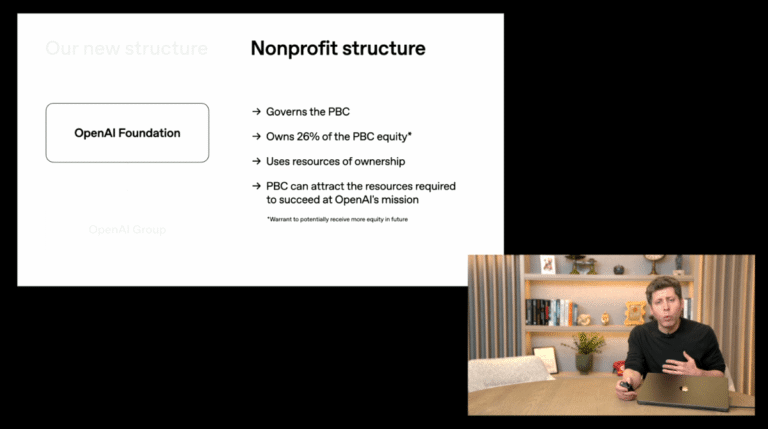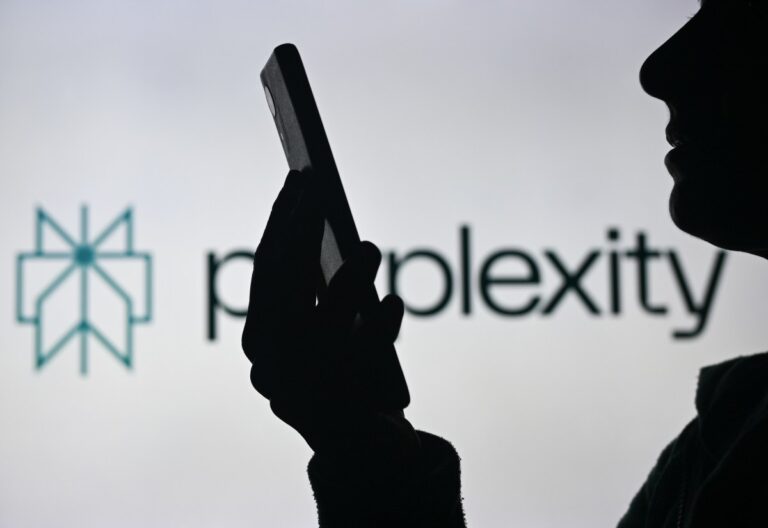As major tech firms unveil plans for extensive new data centers, concerns among consumers regarding the potential impact on electricity prices are escalating. A recent survey by solar provider Sunrun reveals that 80% of consumers fear that the surging demand for AI-driven operations will directly inflate their utility bills.
These apprehensions are supported by data from the U.S. Energy Information Administration (EIA), which indicates a notable shift in electricity consumption patterns. After a decade of stable electrical demand, businesses, particularly data centers, have begun to increase their consumption significantly; commercial electricity usage is up 2.6% annually, while industrial use has risen by 2.1%. In contrast, residential electricity consumption has grown meagerly at just 0.7% per year.
Currently, data centers account for approximately 4% of the total electricity generated in the U.S., a figure that has more than doubled since 2018. Projections from the Lawrence Berkeley National Laboratory suggest this share could escalate to between 6.7% and 12% by 2028. Fortunately, the rise in demand has been met with new energy generation capacity sourced mainly from solar, wind, and large-scale battery storage. Tech giants have increasingly entered into substantial agreements for utility-scale solar power, drawn by its affordability and quick deployment capabilities—solar projects can begin supplying energy even before completion, with typical project timelines around 18 months.
The EIA forecasts that renewable energy sources will account for the majority of new power generation capacity over the next year. However, this trend may be jeopardized if Republicans proceed with plans to repeal key provisions of the Inflation Reduction Act, which could hinder the growth of renewables.
On the other hand, the role of natural gas—another favored energy source for data center operations—has become complex. While production levels have increased, much of the output is directed toward exports rather than meeting domestic demand. Between 2019 and 2024, consumption by electricity generators surged by 20%, while exports rose by an astonishing 140%. New natural gas power plants, typically requiring around four years for completion, face delays due to a backlog of essential turbines, with delivery timelines extending up to seven years.
As the landscape evolves, data center developers face mounting challenges due to limited renewable energy expansion and slow natural gas construction. Although the rising energy demand cannot be solely attributed to AI and data centers—industrial users have also contributed—these technologies remain at the center of public scrutiny. A Pew survey indicates that consumers are more wary than enthusiastic about AI, especially as employers increasingly leverage this technology to reduce workforce numbers rather than enhance productivity.
With energy costs on the rise, consumer discontent is likely to grow, raising the prospect of a backlash against the rapid expansion of AI and data center operations.







